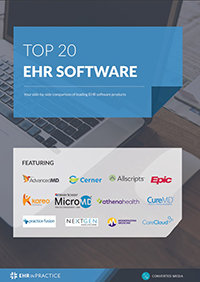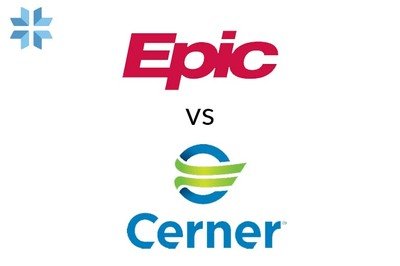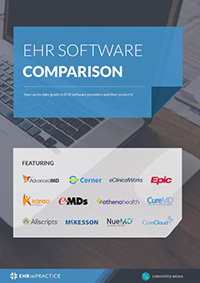What to consider when comparing EHR systems
Comparing EHR systems can present several challenges. These challenges are compounded when, at first glance, many EHR products appear to offer similar features. However, when one begins to conduct a more in-depth examination of EHR systems, significant differences appear which during the selection process. It’s important to use your selection time effectively so your organization gets the right system the first time, in fact, practices usually 16 weeks selecting their EHR according to a recent EHR report, and how you use this time can mean the difference between a selecting the right system or selecting one that is not.
When selecting an EHR, what should an organization consider when comparing EHR systems? As a preliminary note, when comparing EHR products, an organization will consider factors that are unique to a practice. Therefore, one should not assume that there are a “one-size-fits-all” criteria used to compare EHR products. Instead, the criteria used will be instructed by unique organizational needs primarily and then by product characteristics that have been identified as being linked with successful EHR deployments.
Vendor support
EHR vendors who offer quality and comprehensive user support has been linked to positive gains in patient care. Alternatively, restated practices that select a vendor whose support to their users is considered poor can hurt patient care. For example, according to a Black Book Market Research survey, of the 4,446 respondents in the survey, 85 percent reported that patient care is substantially hindered by unsatisfactory EHR user support.
Usability and functionality
A product should display good usability and functionality. Functional characteristics are best described as whether an EHR can do a task, such as population health management or sophisticated data analytics. Whereas usability addresses whether the user can easily use those functions. Therefore, a practice which is compiling a requirements list will ask stakeholders to think regarding what needs to be done with EHR technology and what is the most efficient way it can be used.
Check out this guide on how much EHR costs and how to set your budget
The future
One can treat a vendor’s track record as important; one can also treat where they are going as equally important if not more vital to the selection process. The number of EHR vendors has dwindled in recent years following numerous mergers and acquisitions, dropping from 1,000-plus ten years ago to approximately 400 now, according to KLAS Research, a health IT research firm. The findings expressed by Klas appear to affirm what the commonly held assumption in the health IT space that the EHR market will continue to consolidate which will could result in a reduction of competition and some vendor’s product is suffering because of the process of merger’s and consolidation. As a result, some customers may experience reduced tech support, increasing fees, and sporadic product development.
Accordingly, selection teams should pay close attention to EHR industry news to determine if any vendors under consideration may be subject to mergers or having trouble in offering services.
Comparing EHR products, if done with an eye toward a practice’s unique needs and broad considerations regarding the quality of the product and future trends within the industry, this can assist in making the selection process more effective and hopefully avoid costly selection mistakes.
Free white paper

Top 20 EHR Comparison
Compare the top EHR systems on offer in our comparison guide

Featured white papers
Related articles
-

Epic EHR vs Cerner EHR comparison
Compare Epic EHR vs Cerner EHR based on features, organization size, and more
-

Top free EHR software systems
What open-source EHR is, and the top free EHR systems on the market
-

Cloud EHR vs on-premise EHR: an objective comparison
The main factors to consider when choosing between a cloud EHR or an on-premise EHR




